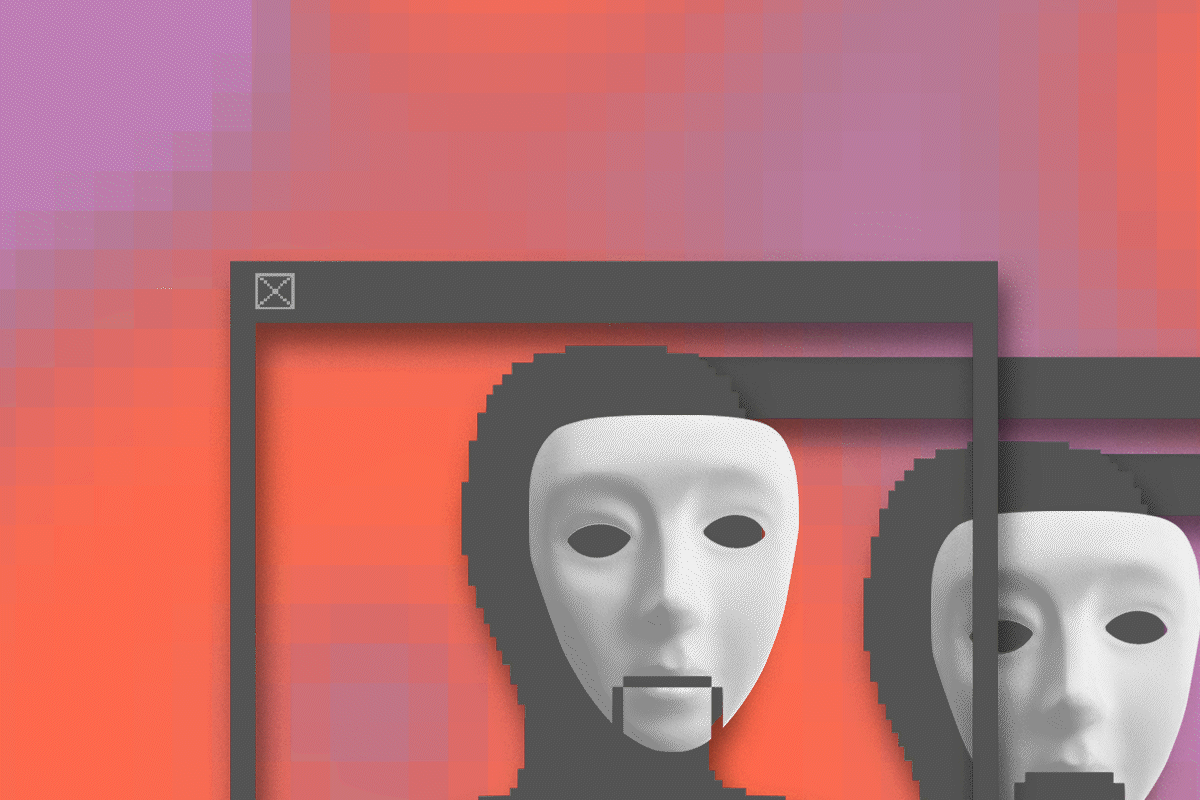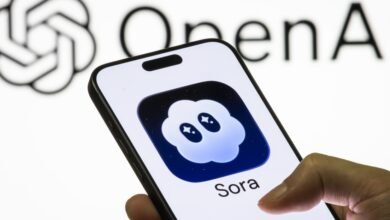Sora 2 Resurrects Dead Celebrities in AI Videos

▼ Summary
– OpenAI’s Sora 2 video generator blocks depictions of living public figures by default but allows videos of deceased celebrities.
– Social media is filled with examples of AI-generated videos featuring dead celebrities like Tupac Shakur and Michael Jackson in fictional scenarios.
– OpenAI adds a moving watermark to Sora 2 videos to reduce the risk of viewers being deceived by fake footage.
– Living individuals, including public figures, can opt into the “cameos” feature and maintain control over their likeness and consent.
– The use of deceased celebrities in AI videos has drawn criticism from relatives, such as Zelda Williams, who find it distressing and inappropriate.
The recent launch of OpenAI’s Sora 2 video generator came with a stated commitment to block depictions of public figures by default, yet a significant loophole has quickly emerged. This policy does not extend to individuals who are no longer living, opening the door for a wave of AI-generated content featuring deceased celebrities in often bizarre and unexpected scenarios.
Across various social media platforms, it is now common to encounter videos where historical and cultural icons are digitally resurrected. Viewers might see Tupac Shakur engaged in conversation with Malcolm X, or Bruce Lee energetically performing a DJ set. Other popular creations show Michael Jackson attempting stand-up comedy in a kitchen, or Stephen Hawking’s wheelchair tumbling down a massive skateboard ramp. The trend also includes Mister Rogers making a surprise appearance on Jackass, Kurt Cobain being depicted stealing chicken fingers from KFC, and Martin Luther King Jr. struggling with a stutter during a major address. The variety of these AI-generated scenarios appears limitless.
To help mitigate potential deception, OpenAI overlays a moving Sora watermark on every video produced by the tool. This measure aims to reduce the chance that people will mistake the fabricated footage for genuine recordings. Despite this safeguard, the practice of using departed public figures as props for AI entertainment has drawn criticism, particularly from their surviving family members and devoted fans who find the content distressing.
Zelda Williams recently voiced her strong objections on an Instagram story, which she later removed. Referring to the AI videos of her father, the beloved comedian Robin Williams, she pleaded, “Please stop sending me AI videos of dad.” She made it clear that she finds the trend neither amusing nor understandable, describing it as “dumb” and “a waste of time and energy.” She emphatically stated, “believe me, it’s NOT what he’d want.”
Her point about the wishes of the deceased is particularly relevant. OpenAI has designed a “cameos” feature for living individuals, including public figures. To use it, a person must scan their own face with a smartphone, which then allows them to be inserted into any Sora scene with high fidelity. The company emphasizes that cameo users are in control of your likeness end-to-end, and the system is built to ensure that a person’s audio and visual likeness is only used with their explicit consent. Participants retain the ability to revoke access to their scanned image at any time and have moderation control over videos created from their personal data.
(Source: Ars Technica)

